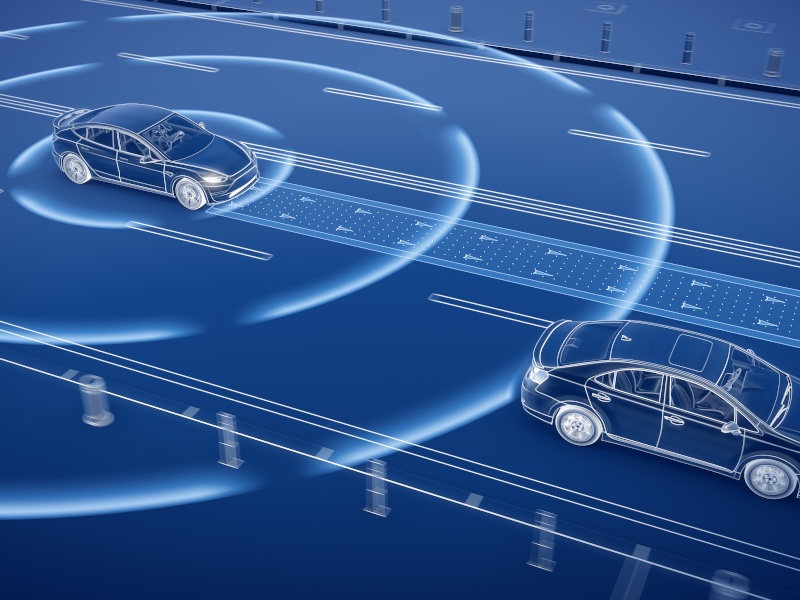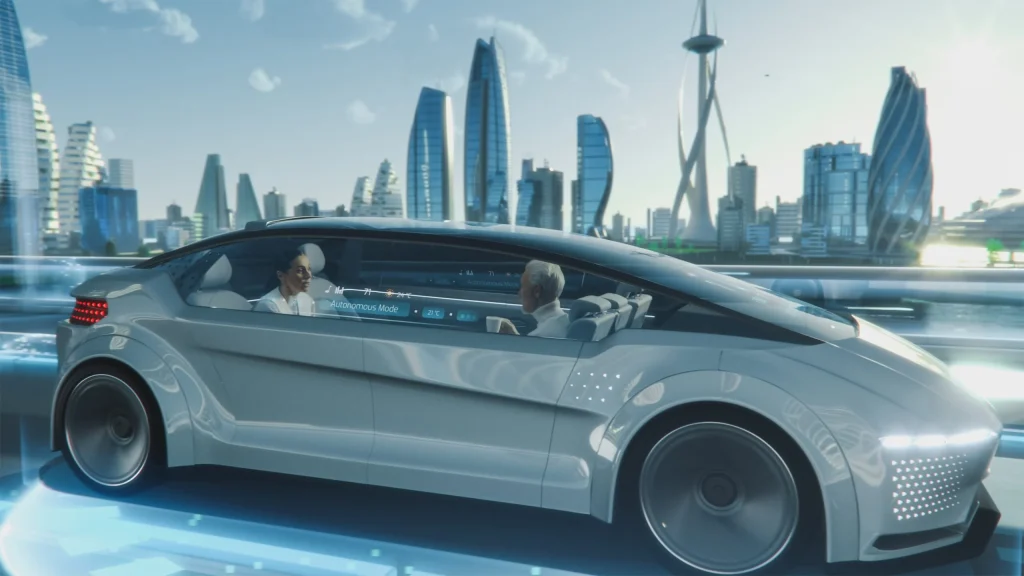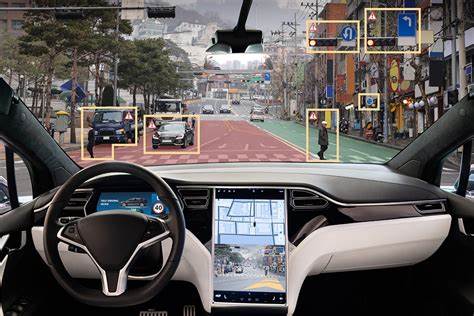Autonomous driving is transforming the automotive industry, offering new levels of convenience, safety, and efficiency. Self-driving technology, once considered science fiction, is now a rapidly advancing reality. From cutting-edge AI systems to innovative sensor technologies, the future of autonomous vehicles promises to redefine how we commute and transport goods. In this article, we explore the latest trends and advancements shaping the evolution of autonomous driving.
Advancements in AI and Machine Learning

Artificial intelligence and machine learning are the driving forces behind the development of autonomous vehicles. These technologies enable cars to process vast amounts of data in real-time, allowing them to make informed decisions on the road. By improving pattern recognition, obstacle detection, and route planning, AI ensures safer and more efficient driving experiences. Major automotive companies are investing heavily in AI to enhance their self-driving capabilities.
LiDAR and Sensor Technologies
LiDAR, or Light Detection and Ranging, is a critical component of autonomous driving systems. This technology uses laser pulses to create detailed, three-dimensional maps of the surrounding environment. Combined with other sensors such as radar and cameras, LiDAR allows self-driving cars to navigate complex road conditions with precision. Innovations in sensor technology continue to improve the accuracy and reliability of autonomous systems, paving the way for widespread adoption.
Vehicle-to-Everything (V2X) Communication
Vehicle-to-Everything communication is another breakthrough in autonomous driving. V2X enables cars to communicate with each other, infrastructure, and even pedestrians. This interconnected system enhances situational awareness, reducing the likelihood of accidents. By exchanging real-time information about traffic conditions and potential hazards, V2X technology supports safer and more efficient driving.
Key Benefits of V2X Technology
- Enhanced road safety
- Reduced traffic congestion
- Improved fuel efficiency
Regulatory Frameworks and Safety Standards
As autonomous driving technology evolves, governments and regulatory bodies are working to establish clear guidelines and safety standards. These regulations ensure that self-driving vehicles meet rigorous safety requirements before hitting the road. Collaboration between policymakers and industry leaders is crucial to create a regulatory framework that fosters innovation while prioritizing public safety.
Ethical Considerations in Autonomous Driving
The rise of self-driving cars raises important ethical questions. For instance, how should an autonomous vehicle respond in a situation where an accident is unavoidable? Developers must address these moral dilemmas by programming vehicles to prioritize human safety. Transparent discussions about the ethical implications of autonomous technology are essential to build public trust and confidence.
Impact on Urban Mobility
Autonomous driving is set to revolutionize urban mobility by reducing traffic congestion and promoting shared transportation. Self-driving taxis and ride-sharing services are expected to become commonplace, offering affordable and convenient travel options. Additionally, autonomous buses and shuttles could streamline public transportation systems, improving accessibility and reducing environmental impact.
Benefits for Urban Areas
- Decreased traffic congestion
- Lower greenhouse gas emissions
- Increased transportation accessibility
Integration with Electric Vehicles
The future of autonomous driving is closely linked to the growth of electric vehicles. Many self-driving cars are being developed as electric models, aligning with global efforts to reduce carbon emissions. The combination of autonomous and electric technologies offers a sustainable solution for modern transportation challenges. Furthermore, advancements in battery technology will enhance the efficiency and range of electric autonomous vehicles.
Role of 5G Connectivity
High-speed 5G networks play a vital role in the advancement of autonomous driving. With ultra-low latency and rapid data transfer rates, 5G enables real-time communication between vehicles and their surroundings. This connectivity enhances the performance of self-driving systems, ensuring smoother and safer navigation. As 5G infrastructure expands, it will further accelerate the adoption of autonomous technology.
Challenges and Obstacles
Despite significant progress, the journey to fully autonomous driving is not without challenges. Technical limitations, such as difficulties in navigating adverse weather conditions, remain a hurdle. Additionally, public skepticism and concerns about cybersecurity pose barriers to widespread acceptance. Addressing these challenges through continuous research and education is crucial to achieving a future where autonomous driving becomes the norm.
Overcoming Public Skepticism
- Transparent communication about safety measures
- Demonstrations of reliable technology
- Collaborative efforts to address privacy concerns
Economic Implications of Autonomous Driving
The shift towards self-driving technology has significant economic implications. While it creates opportunities in software development, data analysis, and infrastructure, it also disrupts traditional industries such as trucking and taxi services. Policymakers and businesses must navigate these changes to ensure a smooth transition and minimize job displacement.
Collaboration Between Tech Companies and Automakers
The development of autonomous vehicles requires close collaboration between technology companies and traditional automakers. By combining expertise in software engineering and automotive design, these partnerships drive innovation and accelerate the deployment of self-driving cars. Joint ventures and strategic alliances are becoming increasingly common in the race to dominate the autonomous driving market.
Autonomous Driving and Sustainability

Self-driving technology has the potential to make transportation more sustainable. By optimizing routes and reducing idling, autonomous vehicles can lower fuel consumption and decrease emissions. Additionally, the integration of renewable energy sources with electric autonomous cars further supports environmental goals. Embracing sustainable practices will be a key focus as the automotive industry evolves.
Environmental Advantages
- Reduced carbon footprint
- Minimized resource consumption
- Enhanced energy efficiency
Future Prospects and Innovations
The future of autonomous driving is filled with exciting possibilities. Emerging innovations, such as self-healing sensors and advanced AI algorithms, promise to enhance the capabilities of self-driving cars. Furthermore, the potential for autonomous freight transport could revolutionize logistics and supply chain management. The journey toward fully autonomous driving is just beginning, and the road ahead holds immense potential.
Final Thoughts on the Future of Autonomous Driving
Autonomous driving represents a transformative shift in the automotive industry, offering safer, more efficient, and environmentally friendly transportation solutions. By staying informed about the latest trends and advancements, you can better understand the impact of this revolutionary technology. As self-driving cars become more prevalent, they will undoubtedly reshape how we travel, work, and live in the years to come.

Leave a Reply